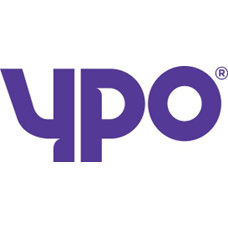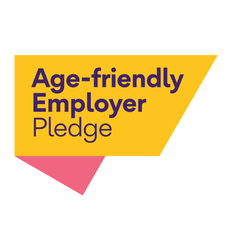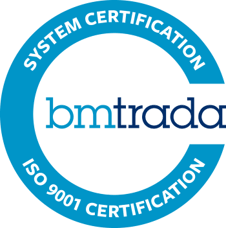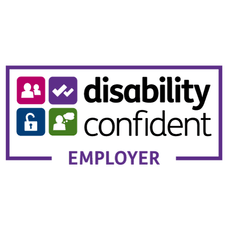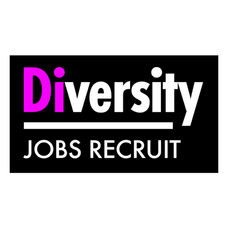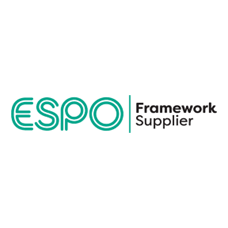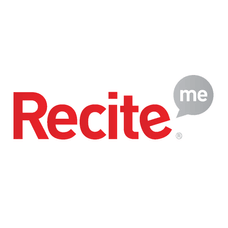What Should an EDI Strategy be?
When starting your EDI strategy, you should be considering changes that reflect the morals and values of your company and that are also measurable results that actively align with your business goals. According to HRreview, 12% of businesses still don’t have their EDI strategy aligned with their business goals – and 75% only have their approach moderately aligned to their business goals.
An EDI strategy is a comprehensive workforce solution made to ensure equity, inclusion and belonging for all current and future employees. It should not be seen as a “tick-box” exercise, nor can there be a one-size-fits-all approach. Some things to consider when developing your EDI strategy include:
- Accountability – your EDI strategy needs to be founded on equal buy-in from all stakeholders. Change can only occur through comprehensive support from all levels within your organisation, as well as enabling open discussion and taking responsibility.
- Metrics – you will need to ensure that your progress is measurable, enabling you to make changes rather than provide a superficial EDI statement. You can do this through demographic metrics and retention scores, as well as qualitative feedback from across your organisation.
- Current gaps – to start developing your EDI strategy, you need to know your current position, capabilities, and gaps. By understanding your current position and pitfalls, you can make actionable change quickly and effectively.
- Training and development – your EDI commitment needs to be built on continuous improvement – this isn’t one solution to fix all but a continued effort to provide an inclusive and equitable work environment that encourages belonging.
What Shouldn’t an EDI Strategy be?
When developing your EDI strategy, you should avoid:
- Creating a performative strategy – EDI is a commitment that requires conscious effort, dedication, and actionable changes that are meaningful and impactful. While EDI can contribute towards your employer branding position, your strategy should be created to provide meaningful change and not as an exercise to merely appear progressive.
- Misalignment with your business strategy – your EDI strategy can be fully integrated into and aligned with your business strategy, allowing you to maintain or grow your business activity while investing in a meaningful work culture.
- No measurability or accountability – a truly constructive EDI strategy needs to be measurable so that you can continue to make meaningful changes. This should include key metrics and feedback as a primary source of measurement and stakeholder engagement for accountability across your entire company.
Your strategy should be designed uniquely for your business and workforce. By aligning your business goals and values alongside EDI, you can ensure that you’re not only remaining compliant with current legislation but setting yourself apart as a key employer within your industry and community.
Capturing and Communicating Your EDI Strategy
An effective and comprehensive EDI strategy requires effective capturing of data and clear communication. Whether you’re working with an EDI specialist, trusted recruitment partner, or working in-house, there’s plenty you can do to ensure that your EDI strategy is measurable and successful.
To successfully capture your EDI strategy, you will need to:
- Understand why you’re developing your EDI strategy – as part of your document, you will need a thorough understanding of why you’re undergoing this change – including referencing your current situation.
- Defined SMART goals – set your business goals that are specific, measurable, achievable, relevant, and time-bound so that everyone within your organisation understands what is expected and you can measure the success of your changes against these metrics.
- Make it a living document – this should be an evolving process that is continually developed and improved upon, with frequently updated statistics and metrics, so that key stakeholders can understand the progress being made. By making this a living document, you ensure accountability and the regularly review of policies to benefit everyone within your organisation.
Who Should be Involved in Formulating Your EDI Strategy
EDI strategies impact, and should be influenced by, everyone within the company. It is essential that everyone wanting to be involved with formulating an EDI strategy has their say. However, there will be different degrees to which people influence, structure, and support your EDI changes.
The key stakeholders who should be involved in formulating your EDI strategy include:
- Executive leadership teams – they are essential for setting the tone, establishing projections that align with business goals, and holding high-level accountability for the business’ commitment.
- HR & People teams – from recruitment and onboarding to employee experience and performance, it is essential that your HR team is well-trained in EDI, as well as actively implementing and encouraging discussions within your workforce.
- Recruitment agencies – recruitment agencies can be a strong source of advice, guidance, and support when implementing, amending, or reporting on your EDI approach.
- Middle managers – your middle managers provide a direct connection with your workforce, influencing day-to-day conversations and providing a valuable resource for gathering feedback.
- EDI specialists – working alongside an EDI specialist can ensure that you’re getting the most out of your strategy, aligning it with your business goals, and providing real change that accurately represents your business’ values.
- Legal & Compliance teams – to remain compliant with current legislation and data protection, you will want to ensure that your legal and compliance teams have an oversight of your EDI activities and reporting.
- Communications & Marketing teams – from brand positioning to marketing materials, it is essential that your communication and marketing teams are aware of EDI activities, values, and promises for both external and internal use.
- All-level employees – EDI impacts every individual within your organisation. It is essential that everyone is made aware of your approach, commitments, and values, as well as having the chance to actively contribute to growing discussions.
How Your Recruitment Agency Can Help?
Recruitment agencies are essential drivers of change when it comes to implementing, supporting, and guiding businesses through EDI changes and challenges. Whether you’re looking for support in reporting or a better understanding of how other companies within your sector are approaching their inclusive recruitment, a trusted agency can guide your organisation and support team members at all levels.
Ready to build a more inclusive workforce? Get in touch with an advisor here to start making meaningful change within your sector.

